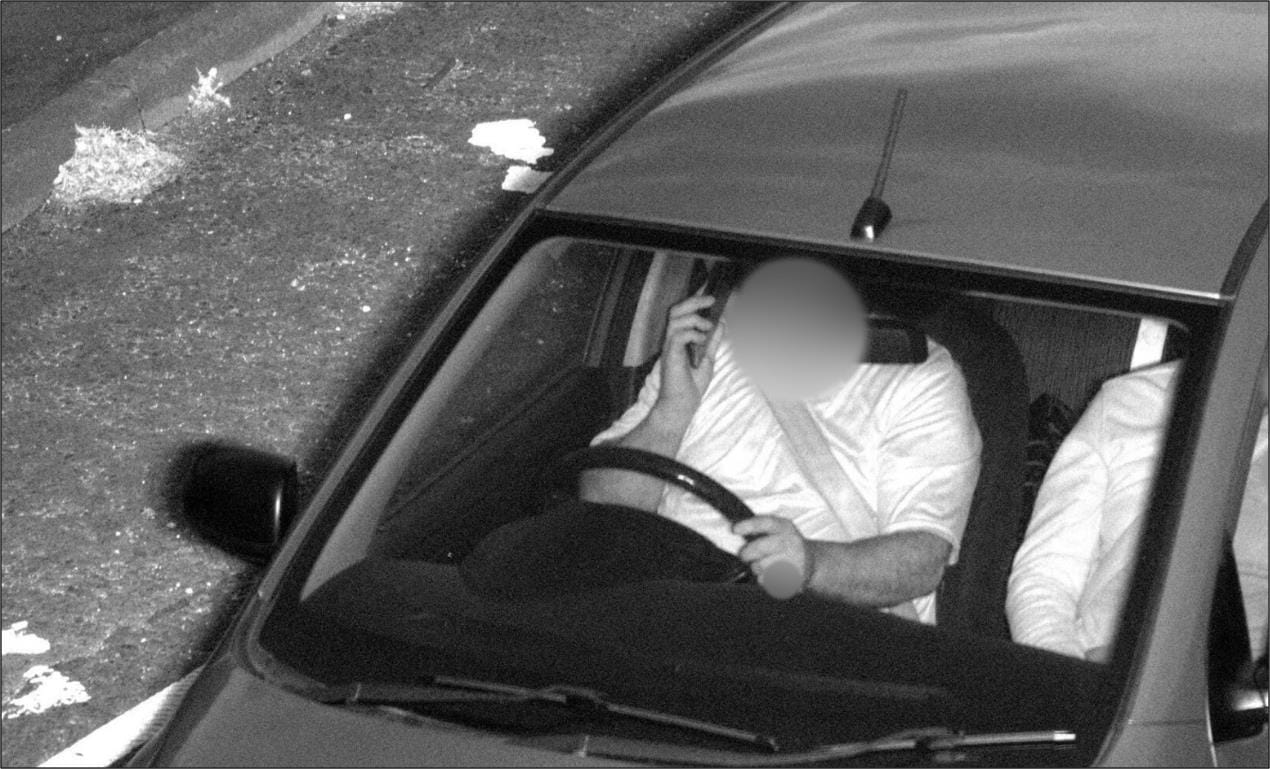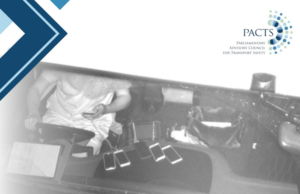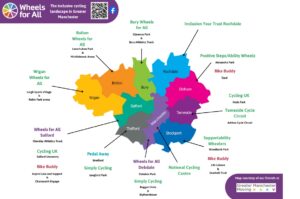Thousands of people were found to be using their phone behind the wheel, or not wearing seat belts, over a five-week period in Greater Manchester.
The trial using Acusensus technology has helped gather data to understand the scale of the issue in Greater Manchester to inform future education campaigns and enforcement.
Images processed using a combination of artificial intelligence and human reviewers to detect offences show passengers, including children, not being safely fastened in their seats.
Drivers reminded that they are not only breaking the law but are also putting themselves, their passengers and other road users at risk.
Results of trial released as Greater Manchester’s leaders consider endorsing Vision Zero Action Plan to end deaths and life-changing injuries on local roads by 2040
More than 3,200 people have been caught using mobile phones while driving or not wearing seat belts as part of a trial of state-of-the-art cameras in Greater Manchester.
Images captured by the ‘Heads Up’ camera system, developed by Australian firm Acusensus, show drivers holding mobile phones in front of their face, to their ear while behind the wheel, sometimes with passengers – including children – next to them.
In several cases the cameras also found drivers, adult and child passengers not being securely fastened in their seats or not wearing seat belts at all.
The findings, released during Brake Road Safety Week and in support of Greater Manchester’s Vision Zero Strategy and Action Plan to eliminate road deaths and life-changing injury by 2040, will be used to inform campaigns to raise awareness of the consequences of not complying with the law.
The ‘Heads Up’ cameras capture images of passing vehicles which are initially processed using artificial intelligence (AI) to detect drivers who are potentially breaking the law and putting themselves, their passengers and other road users at risk.
The use of AI as the first filter ensures privacy for the vast majority of law-abiding motorists, while also checking hundreds of thousands of vehicles over an intermittent period between 3rd September and 24th October, something which would likely take a human reviewer several months to complete.
Images which contain evidence of an offence go through a two-stage human check to confirm that an offence has taken place. Any offences detected as part of the trial can be passed to the police for them to consider further action. However, if no offence has been committed, the image is immediately deleted by the software and no further action will be taken.
The trial, carried out by AECOM and Acusensus on behalf of Safer Roads Greater Manchester, was held across the city-region throughout September and October to gather data to understand the scale of the issue to inform future education campaigns and enforcement. As it stands, no offenders have yet been prosecuted from this trial.
During the deployment the Heads Up system recorded 812 drivers distracted by using mobile phones behind the wheel, and 2,393 incidents of seat belt non-compliance by drivers or passengers.
Kate Green, Greater Manchester’s Deputy Mayor for Safer and Stronger Communities, said: “Distractions such as using mobile phones while driving and not wearing seat belts are key factors in a number of road traffic collisions on our roads which have resulted in people being killed or suffering life-changing injuries.
“This trial was launched so we could better understand the scale of this problem in Greater Manchester, and the images speak for themselves. They show drivers who are needlessly putting themselves and others – including young children – at risk, and sadly we know that being distracted for just a second, or not wearing a seat belt properly, can have devastating consequences.
“In Greater Manchester we are adopting the Vision Zero ambition to end all deaths and life-changing injuries, and we know much more needs to be done to make our roads safer, healthier and more sustainable for pedestrians, cyclists, motorcyclists and motorists.
“I hope these images serve as a wake-up call for drivers and passengers on the importance of not driving distracted and seat belt compliance.”
Greater Manchester has already endorsed a Vision Zero Strategy for the region, and an Action Plan setting out how local authorities and partner agencies intend to deliver it is going to be considered by leaders of the Greater Manchester Combined Authority (GMCA) on Friday 29th November.
Vision Zero is a strategy to eliminate all traffic fatalities and life-changing injuries, while increasing safe, healthy and equitable mobility for all. First implemented in Sweden in the 1990s, Vision Zero has been adopted in other areas across Europe, the United States and the UK.
In the last ten years nearly 10,000 people who live in, work in or visit Greater Manchester have been killed or seriously injured on our roads.
Between 2018 and 2022, pedestrians, cyclists and motorcyclists accounted for nearly two thirds of those killed or seriously injured, while drivers and passengers made up 34% of casualties.
In 2022, there were 71 traffic fatalities or serious injuries every month in Greater Manchester. In total 64 people were killed over the course of the year – 25 of them pedestrians – and each of these deaths was preventable.
Alongside the devastating pain, grief and suffering which results from road traffic collisions, they place additional strain on the emergency services. Victims are often left unable to work or facing medical costs.
Dame Sarah Storey, Active Travel Commissioner for Greater Manchester, said: “The results of the trial show the horrifying truth behind the number of drivers who still don’t consider how their behaviour behind the wheel of their vehicle can affect themselves, their passengers and other people using the roads. Statistics show you are four times more likely to be involved in a collision if you use your phone while driving and twice as likely to die if you don’t wear a seatbelt.
PIC-TFGM






















